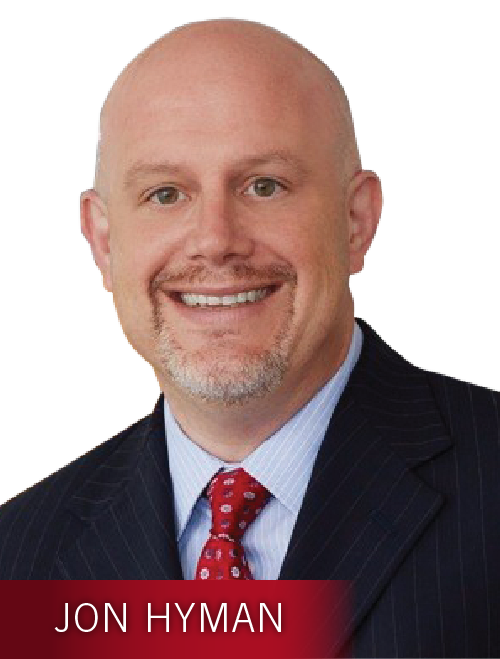Labor compliance software is an innovative way to manage the overwhelming alphabet soup of laws, regulations and agencies that govern the workplace.
 HR practitioners must recognize the regulatory distinctions of the FMLA and FLSA and navigate the nuances between the ADA and ADAAA. What are the latest regulations surrounding the ACA? Can a misstep with COBRA come back to bite them? And SOX … is that a professional baseball team or a law protecting corporate whistleblowers?
HR practitioners must recognize the regulatory distinctions of the FMLA and FLSA and navigate the nuances between the ADA and ADAAA. What are the latest regulations surrounding the ACA? Can a misstep with COBRA come back to bite them? And SOX … is that a professional baseball team or a law protecting corporate whistleblowers?
If assessing guidance from agencies including OSHA, DOL and EEOC wasn’t enough to cope with, labor compliance software is a must-have now as the coronavirus invades organizational policies. HR leaders and corporate counsel must quickly familiarize themselves and understand the implications of implementing workplace laws surrounding a new bowl of alphabet soup — PPP, FFCRA and the CARES Act.
The value of labor compliance software
Maintaining corporate compliance with government regulations isn’t easy. Besides knowing what agencies actually do and how regulations affect employers, labor laws are dense, complex and confusing. A single unintentional compliance misstep by an organization can lead to a costly and time-consuming lawsuit with the potential to disrupt or even bankrupt a small, growing organization.
Compliance solutions allow organizations to avoid a trip to court and more easily comprehend constantly changing federal, state and local legislation. Employers can disseminate policies to employees, provide guidelines for regulatory enforcement and manage confidential documents all while saving money by easing time-consuming, onerous reporting rules.
Workforce management systems typically assist with traditional compliance issues while a specialized compliance solution takes employers beyond the basics and provides expert guidance on critical regulations. It can be like having a team of legal experts at your fingertips with minimal expense.
Labor compliance software also allows businesses to communicate company and legislative policies to their employees.
Key areas for compliance software
Regulatory software helps an HR department remain in compliance across all organizational departments. According to peer-to-peer software review site G2, there are business functions and the germane laws that can be undertaken by labor compliance software:
Benefits — Affordable Care Act (ACA); Consolidated Omnibus Budget Reconciliation Act (COBRA); Health Insurance Portability and Accountability Act (HIPAA); Genetic Information Nondiscrimination Act (GINA); Fair Labor Standards Act (FLSA); Family and Medical Leave Act (FMLA).
COVID-19-related policies — Coronavirus Aid, Relief, and Economic Security Act (CARES Act); Families First Coronavirus Response Act (FFCRA) and Payment Protection Program (PPP).
Labor and employment relations — Labor union updates (AFL-CIO, AFGE, SEIU, etc.); Department of Labor (DOL); Equal Employment Opportunity Commission (EEOC); National Labor Relations Board (NLRB); Office of Federal Contract Compliance Programs (OFCCP).
Payroll — Fair Labor Standards Act (FLSA); Federal Insurance Contributions Act (FICA); Federal Unemployment Tax Act (FUTA); Sarbanes-Oxley Act (SOX).
Risk — Employee safety is a top priority for all organizations. Compliance software can manage and track guidance and enforcement by the Occupational Safety and Health Administration (OSHA).
Companies needing compliance software
No organization is immune from U.S., state and local labor laws. True, regulations often vary depending on factors including employee count. A four-person mom-and-pop shop does not face the same labor compliance regulations as a multinational company.
Yet it is crucial that company policies remain up to date and comply with changes in legislation. Despite the expense a lawsuit can present, many smaller organizations are hesitant to call on legal resources simply based on costs. Those concerns can be streamlined by compliance software.
Small companies have difficulty keeping up with changes in compliance because they lack the manpower, and HR departments are already stretched thin or responsibilities are divided among employees as collateral duty. There is no point person to track and update compliance regulations.
Compliance is particularly crucial to navigating the maze of workplace issues. Municipalities and some states have instituted fair workweek policies in the past two years with more on the horizon.
In the wake of the #MeToo movement, mandatory sexual harassment prevention training is compulsory in six states. Compliance training, employee handbooks and more can be structured and simplified with a compliance solution.
Small and midsize organizations in particular have difficulty keeping up with HR compliance regulations as new legislation is continually introduced. When the HR team is small (or even just one person), their bandwidth quickly becomes strained.
Sorting through the alphabet soup of labor regulations can be an eye-glazing exercise for employers. Labor compliance software helps them to spell out attractive cost-savings, easy-to-use solutions and avoid unintentional noncompliance.












